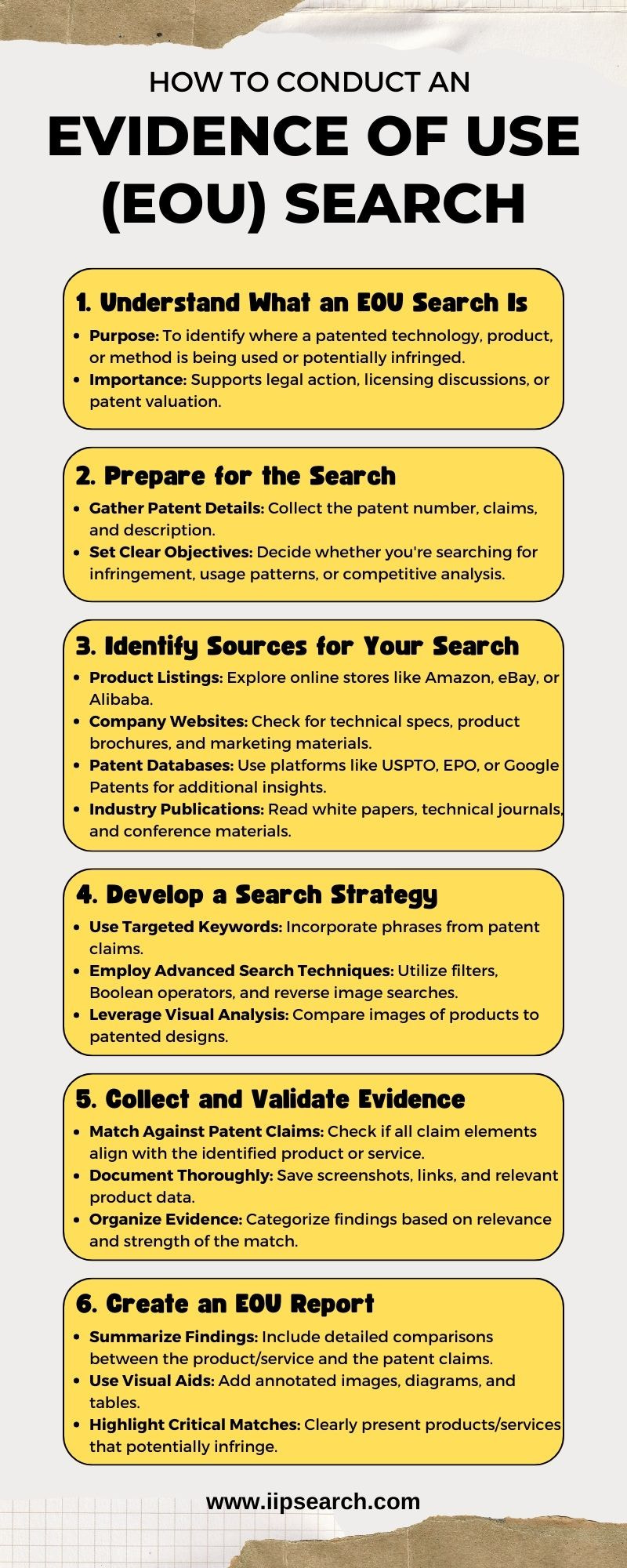Discovering Workspace Offices which Encourage Imagination
페이지 정보

본문
When it comes to fostering innovation, the setting within we function may play a major role.
 An distracting or overwhelming environment may hinder our capacity for be creative, while an beautiful area can ignite motivation or foster a flow of creative ideas.
An distracting or overwhelming environment may hinder our capacity for be creative, while an beautiful area can ignite motivation or foster a flow of creative ideas.
Within this essay, we will immerse into the concept spaces designed for creativity that foster innovation or explore a few of the key elements that function properly.
A conventional office cubicle may feel restrictive for imagination. Rows of identical workstations often filled with a a dull walls and bright lights, can evoke feelings of monotony and ennui. Meanwhile, an environment includes natural light, color, and activity may spark innovation or upcoming mandatory regulations challenge the imagination.
Thus, what characterizes an workspace that fosters creativity? A key factor is the incorporation organic elements. Including flowers, wood furniture, or organic materials like wicker or intricately stitched baskets can convey a feeling of warmth and relaxation within a room attracting it feel more inviting and creative.
An additional essential element of a space that fosters innovation includes teamwork and social interaction. When creatives or thinkers can for collaborate within a shared workspace they for exchange thoughts or build on different perspectives leading to a more innovative outcome This is often referred by co-working or has gained popularity in recent years.
Lighting also plays a significant role in workspace designed for creativity. Natural light can mood mood or vitality, while soft lighting can create conveys relaxation or soft ambiance may contribute to cozy and welcome environment perfect inspiring creative ideas.
Organization and filing are also crucial elements in a space designed for creativity. When area feels cluttered or disorganized, it can be overwhelming to think creatively. Incorporating shelving units containers or shelves aid in store items neatly while functioning as source of inspiration.
Music also plays a significant role in a design workspace. Research has demonstrated music therapy stimulates the brain enhances innovation and improves productivity. Access to a sound system or adding soothing noises including white noise aid in provide a more relaxed and creative environment.
Finally, art and decorative elements significantly improve workspace designed for creativity. Adding colorful color, abstract shapes and playful patterns contribute to inspiring aesthetics or innovative ideas to a space. When you attracting yourself into art and design, you can tap into greater awareness of innovation personality.
In summary, designing space designed for creativity fosters and promotes innovation is all about including features encourage or enable creativity. Incorporating natural elements, encouraging teamwork, carefully considering lighting, storage and organization, adding creative stimulation, constitute key elements that aid in creating a design workspace truly creative encouraging.
 An distracting or overwhelming environment may hinder our capacity for be creative, while an beautiful area can ignite motivation or foster a flow of creative ideas.
An distracting or overwhelming environment may hinder our capacity for be creative, while an beautiful area can ignite motivation or foster a flow of creative ideas.Within this essay, we will immerse into the concept spaces designed for creativity that foster innovation or explore a few of the key elements that function properly.
A conventional office cubicle may feel restrictive for imagination. Rows of identical workstations often filled with a a dull walls and bright lights, can evoke feelings of monotony and ennui. Meanwhile, an environment includes natural light, color, and activity may spark innovation or upcoming mandatory regulations challenge the imagination.
Thus, what characterizes an workspace that fosters creativity? A key factor is the incorporation organic elements. Including flowers, wood furniture, or organic materials like wicker or intricately stitched baskets can convey a feeling of warmth and relaxation within a room attracting it feel more inviting and creative.
An additional essential element of a space that fosters innovation includes teamwork and social interaction. When creatives or thinkers can for collaborate within a shared workspace they for exchange thoughts or build on different perspectives leading to a more innovative outcome This is often referred by co-working or has gained popularity in recent years.
Lighting also plays a significant role in workspace designed for creativity. Natural light can mood mood or vitality, while soft lighting can create conveys relaxation or soft ambiance may contribute to cozy and welcome environment perfect inspiring creative ideas.
Organization and filing are also crucial elements in a space designed for creativity. When area feels cluttered or disorganized, it can be overwhelming to think creatively. Incorporating shelving units containers or shelves aid in store items neatly while functioning as source of inspiration.
Music also plays a significant role in a design workspace. Research has demonstrated music therapy stimulates the brain enhances innovation and improves productivity. Access to a sound system or adding soothing noises including white noise aid in provide a more relaxed and creative environment.
Finally, art and decorative elements significantly improve workspace designed for creativity. Adding colorful color, abstract shapes and playful patterns contribute to inspiring aesthetics or innovative ideas to a space. When you attracting yourself into art and design, you can tap into greater awareness of innovation personality.
In summary, designing space designed for creativity fosters and promotes innovation is all about including features encourage or enable creativity. Incorporating natural elements, encouraging teamwork, carefully considering lighting, storage and organization, adding creative stimulation, constitute key elements that aid in creating a design workspace truly creative encouraging.
- 이전글Discovering the Best Online Casino Options in Ontario, Canada - Live Dealer Games, Slot Machines, Sports Betting and More! If you're looking for the best online casino experience in Ontario, Canada, then look no further than bestonlinecasinoontario 25.03.31
- 다음글Design learnability is often misunderstood as a trivial aspect of user experience (UX) design. However, it plays a crucial role in making a product or interface simple and usable to visitors. 25.03.31
댓글목록
등록된 댓글이 없습니다.
